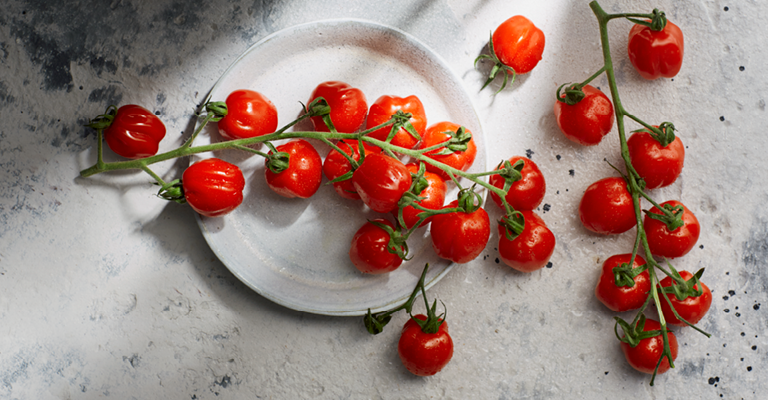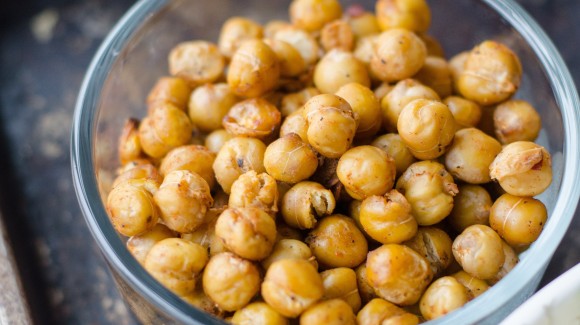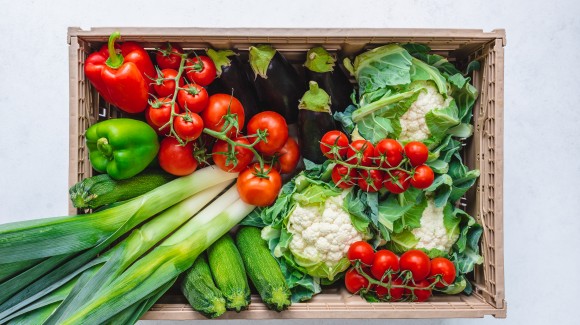
Cooking
Encouraging kids to eat more vegetables
A friend recently shared with me concerns about her kids not eating enough vegetables. This got me thinking about how, with a few creative cooking tricks and techniques, this problem might be overcome.
Embrace colour: It’s surprising how quickly a platter of rainbow coloured vegetable batons will disappear when left on the table. They’re easy, quick to grab and don’t impede on play time. In my house, they’re a definite winner. A side dish of delicious and nutritious marinated vegetables can add fantastic shades of colour to a plate. Try these BBQ Marinated Vegetables.
Be consistent: Try to make vegetables a part of every meal. They don’t need to be the main act, but ensure they’re always a featured cast member. The beauty of vegetables is they can be eaten any time of the day. Tomatoes and spinach could feature in an omelette for breakfast, capsicum, cucumbers, celery and tomatoes could feature in a salad for lunch, and a vegetable bake could form the main meal during dinner. Cucumbers and carrot sticks make fantastic, mess-free snacks too.
Empower with choice: Depending on the age of the children you’ll be cooking for, you’re likely to have far more success if you get kids involved in the selection process. I enjoy looking at cookbooks and letting my kids choose a new recipe to try, or letting them choose vegetables while at the supermarket. Not only does it encourage them to get involved and try new things, but it also develops useful life skills that will help them as adults. We’ve had a few hits and misses, but overall I would call it a success and I’ve also tried a few fruits and vegetables that I might not have otherwise.
Grow your own: I love seeing how excited my kids are when they spot a new vegetable growing in the garden. Our latest effort is yielding zucchini and it’s exciting to see the leaves pop up and the zucchini flowers forming. The excitement as they dig out potatoes and carrots is infectious and we then talk about all the things we could cook using the vegetables we’ve grown ourselves.
Camouflage your cuisine: Incorporate vegetables into meals the kids already enjoy. My kids love pizza. We make our own and I vary the toppings, adding different vegetables each time. If you have a child that really doesn’t enjoy the taste of vegetables, try camouflaging them by blending the vegetables and mixing it in with the pizza sauce. This also works with pasta sauces and in lasagnes and in tacos too. I want to try this Spanish Romesco sauce which looks delicious. I’ve also been looking at healthy lunchbox snacks I can make ahead of time and this recipe for Cheesy vegetable lunchbox bread is on my list.
Have fun: Nothing amuses a child more than silly faces. Create fun characters with your vegetables. One simple method is to add a dollop of dip to a plate, then shape it in the form of a face before adding toppings. When I asked my 7 year old son how he would make a vegetable face and he said “I would use peas for the eyes, a carrot for the nose, yellow capsicum for the mouth and broccoli for the hair.” Depending on their age, you could provide them with a platter including rice and various chopped vegetables so they can make their own creation that they can eat afterwards. The kids may also enjoy this easy popcorn cauliflower recipe.
Sweeten the deal: It’s easy to forget that some vegetables can be used in sweet dishes too. Carrot cake is a favourite in my house and I plan to try out this Carrot cake with lemon mascarpone icing. Roasted vegetables can also take on a sweet turn when drizzled with balsamic vinegar to caramelise vegetables including red capsicum, onion, garlic, cauliflower, carrot and pumpkin. Any leftovers can form the basis of a future snack like vegetable pastries which I make using the ever-popular Kmart pie maker. You can use puff pastry as the base, or I sometimes use shortcrust pastry, which seems to be less messy and has a sweeter flavour, which the kids enjoy.
Milkshakes and smoothies: If all else fails, sneak some vegetables into milkshakes and smoothies. This Strawberry and melon milkshake could easily be adapted to include carrots too. Celery inspired smoothies are both colourful, delicious and also make great iceblocks for those hot Summer days.
Soups: I think soups are underrated. They’re also one of the easiest ways to sneak in some vegetables. Add your favourites to a pot of water with stock, boil then blend. Add seasonings, thickened cream and cheese to taste then top with a dollop of sour cream. Served with garlic bread and it’s a simple, hearty and healthy meal.
Change of scenery: It’s funny how a change in the environment can inspire a change in behaviour. Backyard barbecues provide the perfect opportunity to test out new foods. Chop a few vegetables and thread them onto skewers. Doing this can add a fun twist to a standard meal. The beauty is that depending on what you include, they can also be prepared ahead of time or marinated overnight for additional flavour. Take a look at ‘The vegetable kebabs you need to try at your next barbecue’.
My kids are very active, so they’re constantly coming home with scrapes. Since I can remember, I’ve told them that vegetables help your body stay healthy and can help you heal faster. Now without me saying anything, if they hurt themselves, they make comments like “Lucky I eat my vegetables” because they associate having a healthy body that recovers quickly with eating healthy food. As a parent, that makes me feel very proud.




